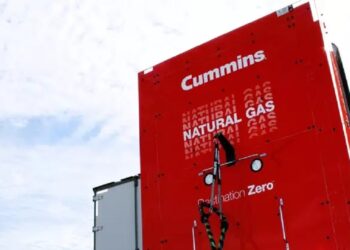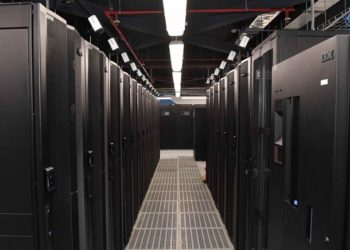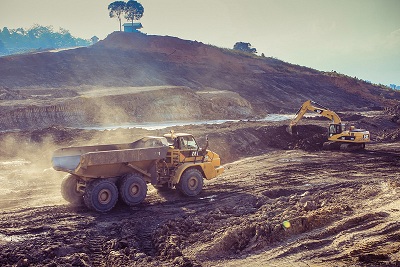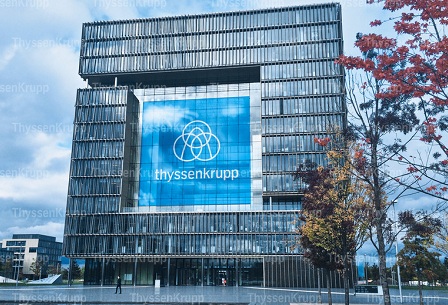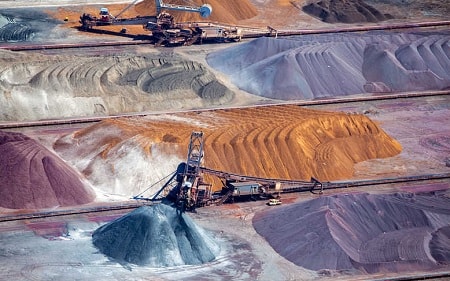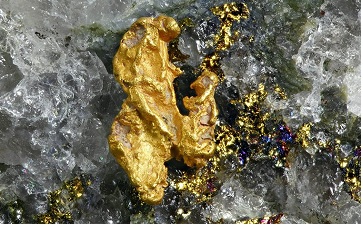Bear Run Coal Mine, located in Sullivan County, Indiana, US, commenced production in May 2010. Owned by Peabody Energy (Peabody), the mine was developed at an estimated cost of $400m. The mine supplies coal to two Midwestern electricity generators. The supply contract for which will last 17 years.
Bear Run is the biggest surface mine in the eastern US. Peabody developed the mine to meet its long-term supply commitments for 90t of coal. The mine employs more than 350 workers to dig coal that will then be used to generate electricity.
Geology and reserves
The Bear Run coal mine is estimated to have a reserve of 200t. Half of the reserves will be supplied to Midwestern electricity generators.
The mine is part of the Illinois Basin, a region rich in coal. The region is spread across Illinois, south-west Indiana and north-west Kentucky. Indiana was the tenth biggest generator of electricity in 2007, 94% of which was derived from coal.
Bear Run Coal Mine production
The Bear Run coal plant started operations in 2010 with an initial annual production of 3-3.5t. It produces high-sulphur coal from three seams namely Danville No7 and Hymera No5 and No6. The sulphur content varies from 3lb to 6lb.
“The Bear Run coal mine has estimated reserves of 200t.”
Production will later be increased to 8t of coal per year from 2012. This will constitute a 25% increase in Peabody’s sales from the Illinois basin compared with 2008. The Bear Run mine development is expected to yield $6bn in revenues for Peabody, which generates 10% of all electricity in the US and 2% worldwide.
The company signed several long-term sales contracts with electricity generators throughout Indiana and Midwest for the supply of more than 90t over a 17-year period.
Mining equipment
The Bear Run coal mine uses draglines, trucks and shovel and tractor push to remove overburden and uncover coal seams.
Two Bucyrus-Erie 2570-W draglines are being initially used. The 13Mlb machine was transported to the mine from Farmersburg Mine in Sullivan County in October 2010.
Ore processing
The Bear Run plant processes coal at 1,600t per hour, which will increase to 2,000t per hour with the addition of minimal equipment. The coal is transported from the pit to the processing plant via a truck.
Transport
Peabody signed a contract with Indiana Rail Road Company (INRD) to build a 5.6 mile industrial spur. The spur deviates from the main line located near Dugger and pass over the Indiana Highway 159. It then turns south running parallel to the highway to reach the load-out trucks at the mine.
“The Bear Run coal mine will increase INRD’s coal transportation volume by 30%.”
The spur links the load-out to the east-west line. It exclusively serves the Bear Run coal mine and uses half-mile of the earlier right-of-way, which served Dugger. Peabody owns 3.26 miles of the right of way.
INRD invested $20m to construct the spur, which was completed in the first quarter of 2010. The company will invest an additional $5m during the next two years to improve the infrastructure to accommodate increased traffic volumes. The Bear Run coal mine will increase INRD’s coal transportation volume by 30%.
INRD filed a petition with the federal Surface Transportation Board (STB) in October 2008 for the spur. On 14 April 2009, STB issued an order clearing the way for construction of the railroad. Negotiations for land acquisition, clearing and grubbing of the section of the right-of-way is in progress.
During the spur’s construction, Peabody transported coal via trucks. The truck haul distance is 34 miles, which the vehicles will cover to reach the Farmerburg mine preparation plant and the rail load-out.
Environmental issues at Bear Run
“The Illinois Basin contains the largest cluster of coal-fired power plants.”
Environmentalists view the developments in the Illinois Basin including the Peabody Bear Run coal mine with scepticism. Surface mines tend to exhaust dust and pollutants into the air. The mines also discharge metals and toxic matter into waterways, posing health risks to residents in the area.
Environmentalists also predict that setting up the coal-fired plant will increase carbon dioxide emissions. The Illinois Basin already contains the largest cluster of coal-fired power plants.
The plants are located near the Ohio River and are expected to pollute the river with increased carbon dioxide emissions once other coal companies also start mining activities in the region.



